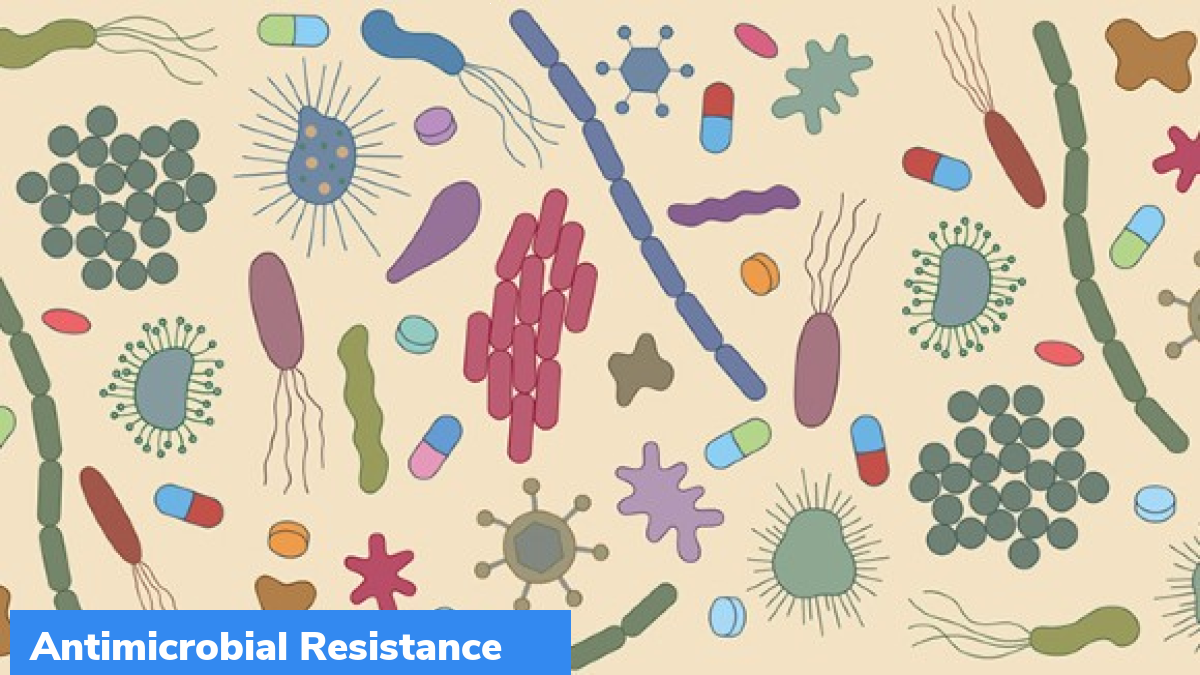Study on Veterinary Antimicrobial use
The Indian Journal of Medical Research that India is developing the highest resistance to anti-microbial drugs in the rest of the world. In India, antimicrobial resistance is increasing in food, animals, and humans as well. In 2020, the AMU of India was 43% more than the global average. By 2030, this is to increase by 40%.
What is Anti Microbial Resistance?
The World Health Organization defines AMR as the drug resistance gained by bacteria, fungi, viruses, and other microorganisms. The microorganisms that become resistant to the antimicrobial, are referred to as Superbugs.
About the AMR in India
- The resistance level is increasing at the rate of 5% to 10% every year. Today 70,000 Indian citizens are gaining resistance to AMR per year. The number is expected to increase to ten million by 2050.
- The AMR will affect economic growth. GDP will fall by 2% to 3.5%
- Livestock revenues will reduce by 3% to 8%
- India is the largest producer of milk in the world and also has huge potential in poultry and animal husbandry. The AMR will affect India’s growth in these areas.
Steps taken
- National Action Plan for AMR was launched
- ICMR’s Antibiotic Stewardship program
- Strict ban on drugs increasing AMR by DGCI now and then as required
Month: Current Affairs - February, 2023
Category: Science & Technology Current Affairs


